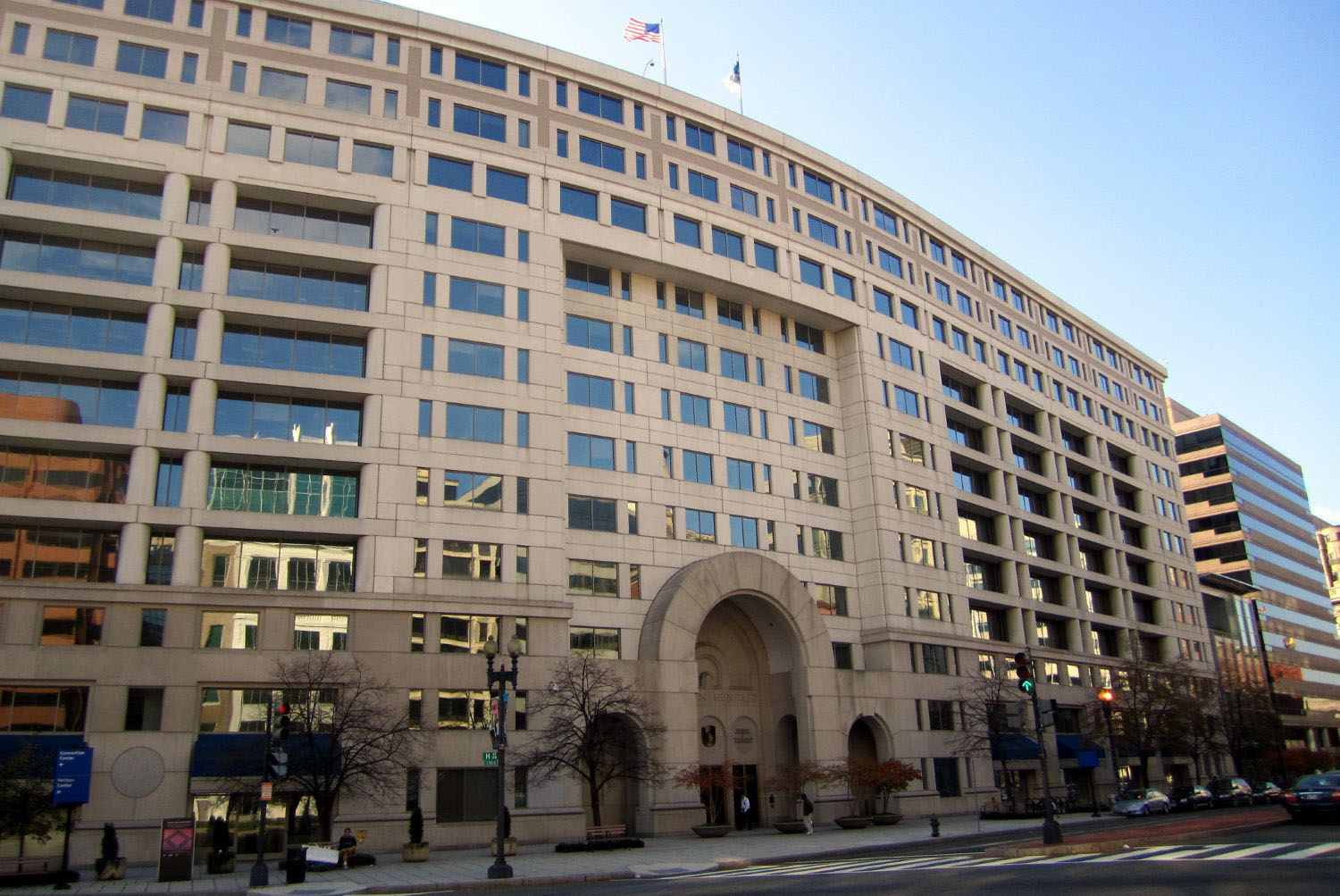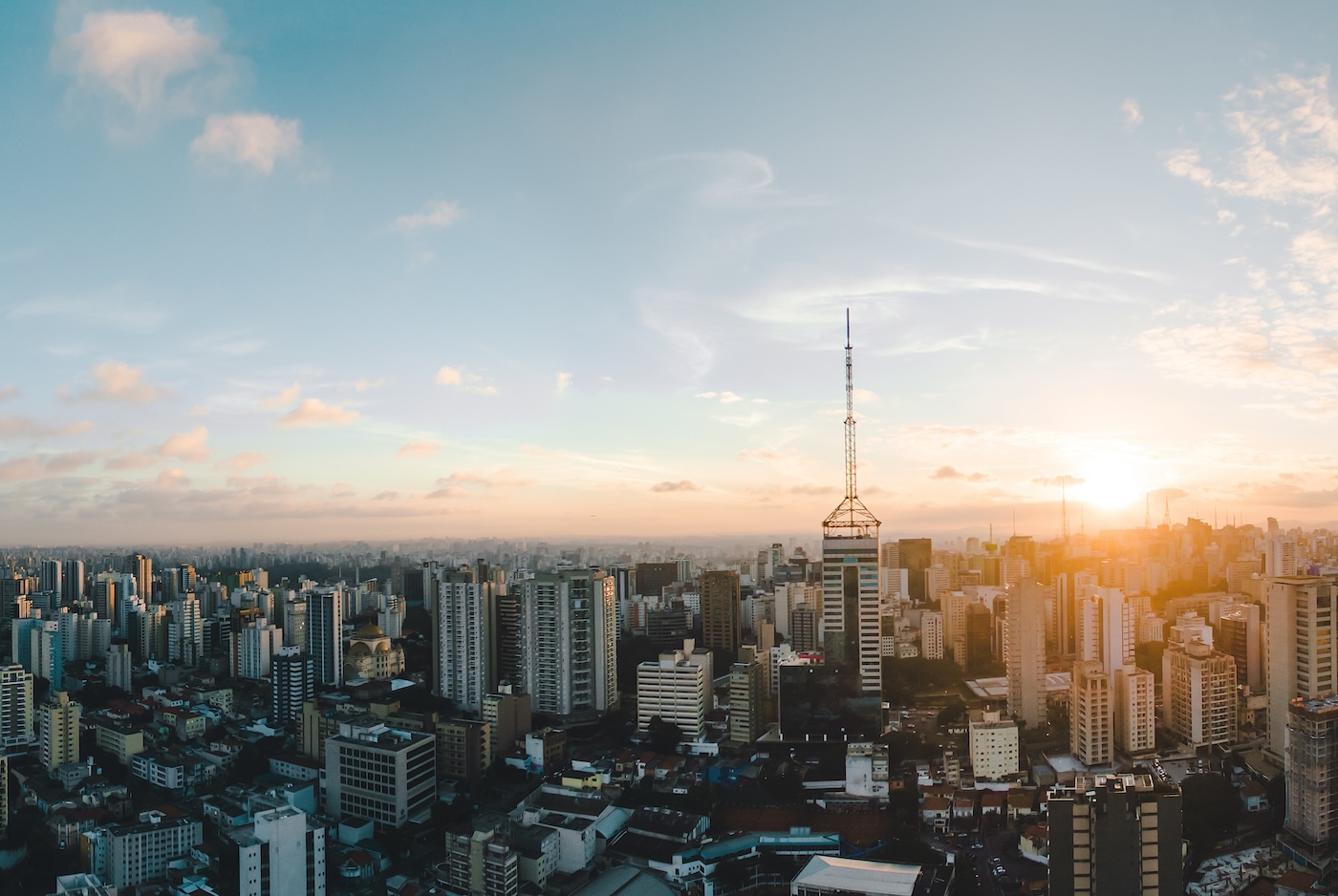In the first graph, note there is almost no overlap at all between Banerjee and Duflo’s middle class and the middle class of Milanovic, Kharas, Birdsall and the World Bank Latin America and Caribbean Department. That’s because, as shown on the right, Banerjee and Duflo identified the middle class to include anyone over the $2 a day poverty line (and below $10), which includes a very large portion of the population in most developing countries, while others identified the middle class to include people with at least $10 a day in income or consumption! Depending on your point of view, the middle class in Brazil includes everyone in the three middle quintiles (Easterly, 2001) – about 114 million people in 2009 – or everyone with per capita daily income between $10 and $50 (World Bank, 2012) – about 61 million people, with an overlap in the case of Brazil in 2009 of only 36 million people.
In Birdsall (2010) I justified a global identification, based on an absolute $10 threshold at the bottom on various grounds (including Lant Pritchett’s argument for a new global definition of poverty), and at the top a country relative cut-off, excluding from the middle class the richest 5 percent of people.For the LAC region, a World Bank team has developed a LAC-specific identification of $10 to $50. Luis Felipe Lopez-Calva and Eduardo Ortiz-Juarez show that at an income of around $10 PPP a day, non-poor people in the region only have a 10 percent chance of falling into poverty – secure enough for households to be able to care about and save for the future, and to have aspirations for a better life for themselves as well as their children. The $50 PPP per day cutoff is more arbitrary. In LAC countries it excludes between 2 and 5 percent of the richest people.Using the $10 to $50 thresholds, here is a graph that illustrates the share of population (or relative size within each country) and the absolute size of the middle class in some non-LAC economies. Urban China has the biggest middle class – representing a relatively small portion of its urban population (and of course an even smaller portion of its total population).Let us know what you think about the various approaches to identification and definition at the national and global level!- Birdsall, Graham, and Pettinato (2000): 75% to 125% of median income (within countries)
- Easterly (2001): the three middle quintiles of the per capita distribution of consumption (within countries)
- Milanovic and Yitzhaki (2002): $12 to $50 (at the global level)
- Banerjee and Duflo (2008): $2 to $10 (across 13 developing countries)
- Ravallion (2009): $2 to $13 (at the global level)
- Birdsall (2010): $10 (global) to 95th percentile of per capita income/consumption (within countries)
- Kharas (2010): $10 to $100 (at the global level)
- World Bank / LAC (2012, forthcoming): $10 to $50 (regional, applying to Latin America and Caribbean countries)
- For a good overview of the recent literature, see Luis Felipe Lopez-Calva et al. (2012).
Disclaimer
CGD blog posts reflect the views of the authors, drawing on prior research and experience in their areas of expertise. CGD is a nonpartisan, independent organization and does not take institutional positions.








